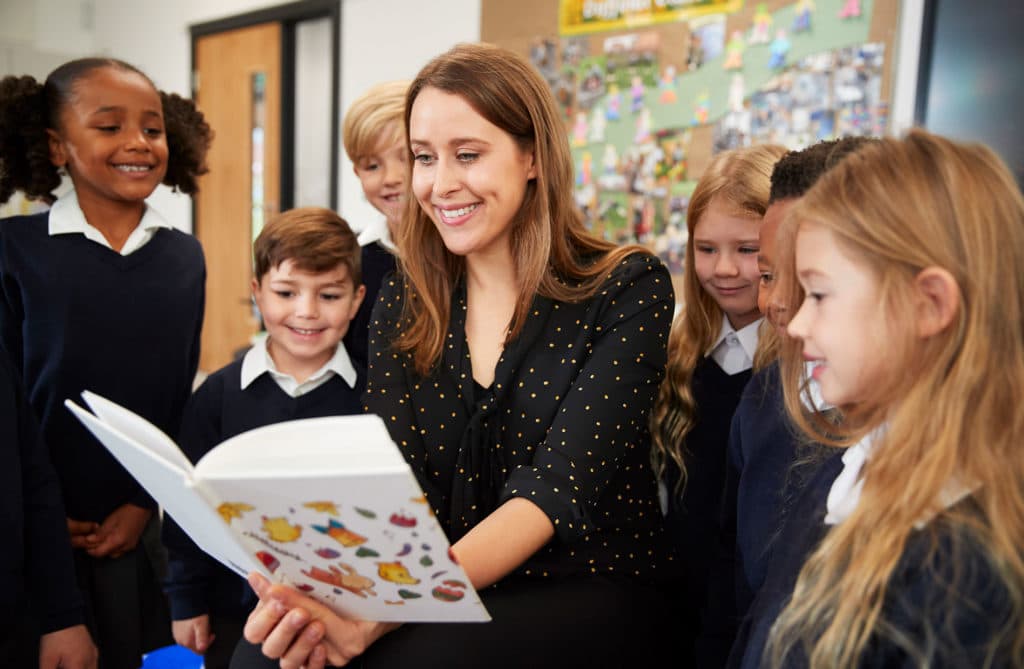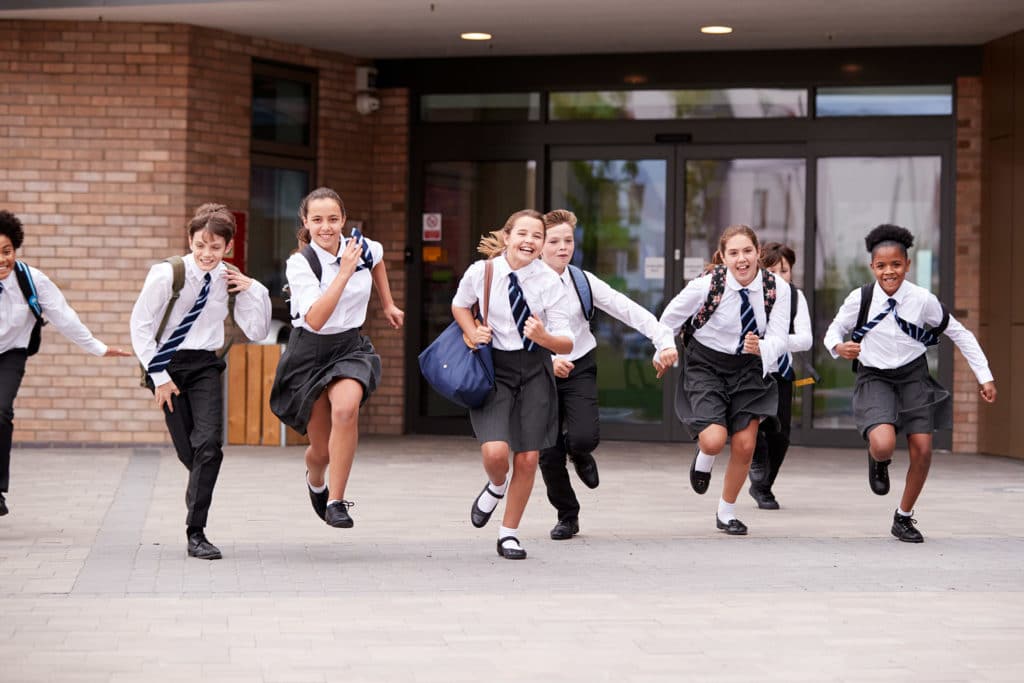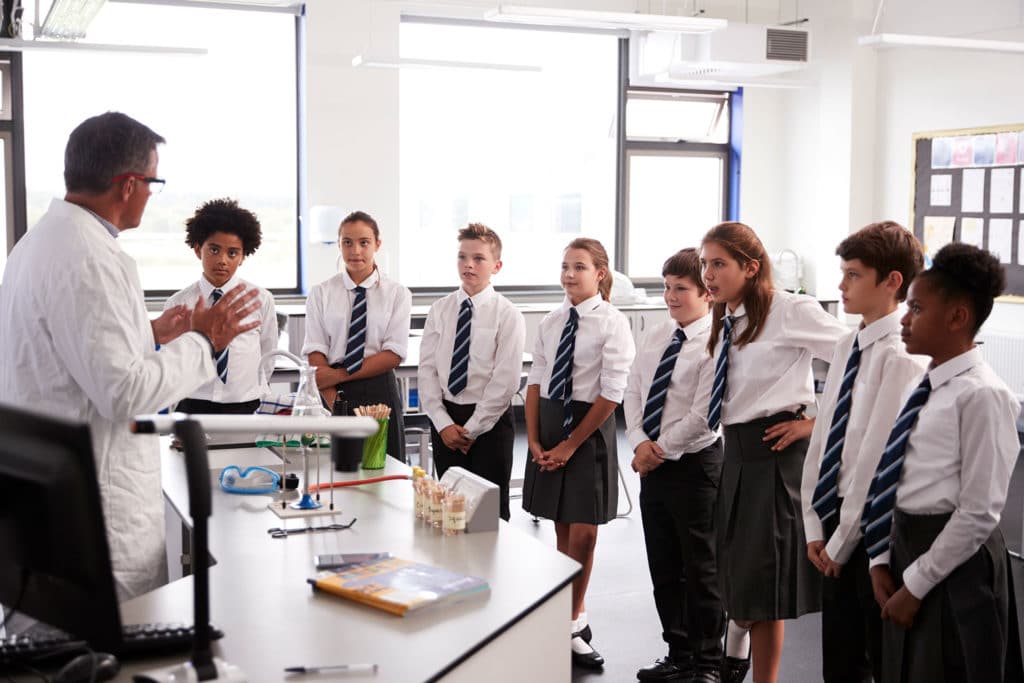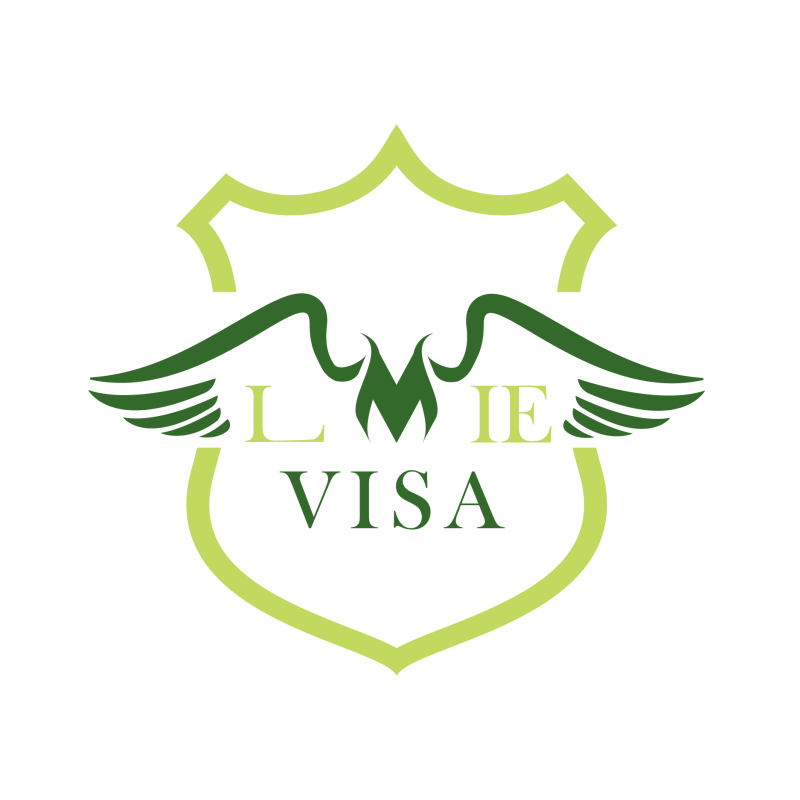
Australia has the best education system in New South Wales, Victoria, Queensland, and South Australia. Language environment in government schools is beneficial for international students because local students account for the majority. Government schools (also known as public schools) are free for all Australian citizens and permanent residents, while Catholic and independent schools usually charge attendance fees. Students studying in government schools occupy approximately two-thirds of all Australian students. Government schools are run by the respective state government agency.
All Australian schools are required to adhere to the same curriculum frameworks of their state or territory. However, the curriculum framework provides some flexibility in syllabus, so that subjects such as religious education can be taught. Most school students wear uniforms while some schools do not require uniforms. In Victoria, tuition fees for Year 1-6 are AUD$12,218, tuition fees for Year 7-10 are AUD$16,195, and tuition fees for Year 11-12 are AUD$18,163, which is very suitable for families with insufficient guarantee funds (Nov 2020 standard).

Australian non-government schools usually have long history and good reputation in the local area. Due to the high tuition fees, they are hailed as noble schools. Private Schools are mostly run by Religious and Community Sectors, which is why they are usually called Catholic or Christian Schools or Grammar Schools. They are partly funded by the Australian Government. Private Schools normally have smaller class sizes and nice exclusive and safe facilities. Many of these schools have their own primary schools, and secondary schools.
Known for their friendly natures and community spirit, these schools are an ideal schooling option to give children a great start in life and improve their skills. Non-government school is a very popular choice for international students as well. Because of the large investment in campus, teaching facilities, management, teachers, etc., the tuition fees are more expensive than that of public schools. The tuition fees for Year 8-10 are usually AUD$ 18,000 – AUD$41,260 per year (July 2020 standard).

Curriculum planning plays a key role in enabling schools to deliver the VCE to senior secondary students.
Our study designs support effective curriculum planning for VCE studies.
High-achieving, interested and able students may consider including a study from the Higher Education Studies Program as part of their VCE.
The VCAA’s two principal education programs are the Victorian Curriculum F-10 and the Victorian Certificate of Education (VCE), an internationally recognised senior secondary certificate that is accepted for entry to top universities worldwide.
The Victorian Curriculum F-10 and the VCE differ significantly in terms of structure and models of delivery.
*The procedures and documents required for university and VISA application above mentioned are for reference only.
EPS consultant will provide tailored plan according to each student.

Learning - Working - immigration - Experts
©2000 LwieVisa Group